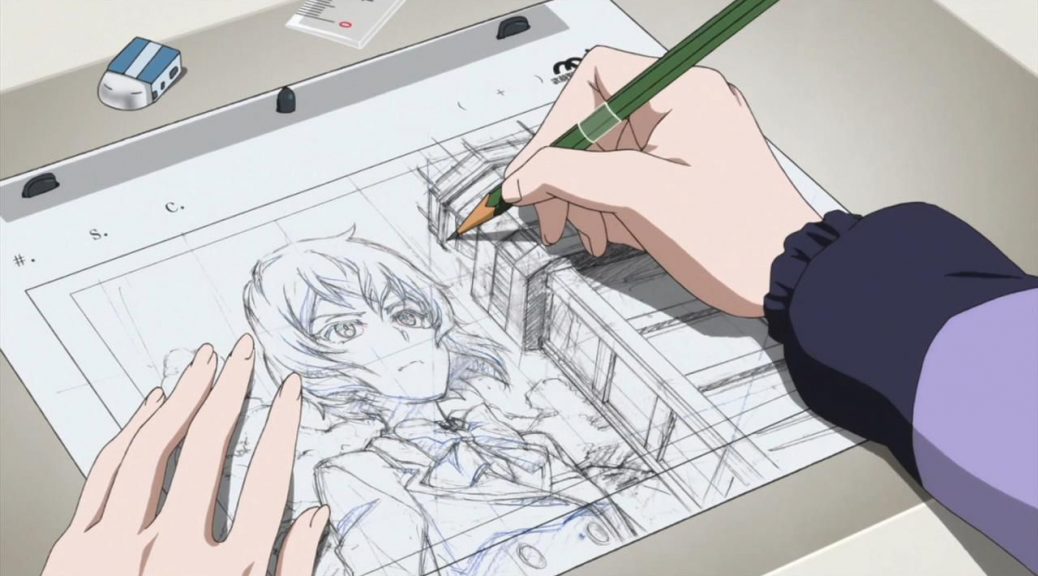How Anime is Made
Have you ever before questioned exactly how anime is made? For a lot of us, anime manufacturing is all smoke and mirrors. The range in between the principle art as well as the completed masterpiece is the length of a normal 12-week season. Reality be told, unless you're fluent in Japanese, the manufacturing process governing Japanese animation is shrouded in mystery. Attempting to read more will certainly lead you down a rabbit opening of terms like crucial animator, in-between animator, animation director, episode director, art supervisor, as well as personality developer. Exactly how anime is made in Japan is very various from exactly how you would certainly assume; oftentimes, it is much more of a fluid (read: chaotic) procedure than you would certainly expect.
The Art of Computer animation
Computer animation manufacturing is an untidy, unpleasant affair. Chaotic organizing, crunched timelines, missed due dates, and also widespread incompetence are all work-related hazards any individual operating in a small, start-up atmosphere is well-acquainted with.

Anime is also a labor of love and one that calls for the abilities of many individuals, in addition to the perseverance of a pick couple of. Besides, it is one that requires several, many steps. The success of also one episode is no tiny feat, and one misstep can have dire effects for the whole manufacturing. Dig much deeper as well as you'll find manufacturing timetables as well as color-coded checklists that are the stuff of problems. Many spreadsheets, so many trademarks.
I'll do my best to offer a detailed overview of the process, laying out the major actions and the major gamers. In doing so, I intend to show how hard it is to make a suitable anime, let alone a great one, while reigniting your love for the tool. Above all, apologies ahead of time for any kind of mistakes or inaccuracies; I am, never, an expert on anime production.
The Production Process (i.e. Production Risks).
Pre-production.
This is the planning as well as financing stage. The anime production company (e.g. Aniplex, Bandai Visual, Kadokawa Shoten, Pony Canyon, Sony, Toho, Viz Media) is in charge of fronting expenses for staffing, broadcasting, as well as circulation. Fundamentally, they pay workshops to make it, tv terminals to air it, as well as the licensor to disperse it domestically and also internationally. Most importantly, they gather the benefit from the sales. Sometimes, numerous manufacturing companies are associated with a single anime. Studios (e.g. A-1 Images, Bones, J.C. Personnel, Kyoto Animation, Madhouse, Manufacturing I.G, Studio Ghibli, Trigger) are the ones that staff, pay, and develop the actual anime. If the anime is an initial idea, the workshop will occasionally help front the prices.
Putting together the Group.
The director is the imaginative boss and also is, normally, the one that personnels the program. When it concerns staffing, each workshop functions in a different way. Some have full-time in-house animators, colorists, editors, and also production desks, while others will certainly have a full-time team of core individuals from each division and a big network of consultants. Then there are the studios that contract out the job entirely to freelancers.
Storyboards.
The supervisor is generally responsible for the storyboards, also. In long-running TV-anime, in contrast to seasonal anime, storyboards usually fall to various storyboarders. In an ideal world, the storyboards would certainly be totally finished before an episode enters into manufacturing. This would certainly give the rest of the staff the possibility to flesh out a natural, totally understood tale; however, that rarely ever happens, as well as commonly episodes are in-production as the storyboards are still being exercised. It's a problem, actually.
Layouts.
Successive is formats. Under the guidance of the supervisor, episode supervisor, and sometimes producer, the layout director will certainly complete the information for cuts (scenes, generally determined by the use a solitary background). This includes organizing the primary animated image or "cels" (displayed in cozy colors) against the histories (displayed in awesome colors) with summaries of just how the cam need to relocate. In other words, the layout director is mounting each cut and also taking a look at overall structure.

Computer animation.
Once layouts are done, the production assistant gives them to the crucial animators. They're the ones who bring the pictures to life. The completed cuts then go to the episode's animation director, who checks for consistency and top quality. If the cuts get the consent, they go to the in-between animator. This job is typically contracted out to much less seasoned animators with cheaper rates. The in-between frameworks are sent to the in-between manager to make certain they are consistent with the top quality and also frames of the key computer animation. If a cut is turned down at any phase, it is sent back for alterations.
Digitized.
Finally, once the computer more info animation is done, the coloring team, supervised by the color developer, digitizes, cleans up, and shades the cuts. At this point, the cuts are described as cels (or digicels). The colorist places the tinted cels versus the background art (as defined in the layouts) as well as includes any 3DCGs under the guidance of the 3DCG manager. The final stage of in-production is shooting, in which make-up, special impacts, and also editing are settled.
Post-Production.
With completion in sight, the production assistant sends out the last cels to the recording director for post-production. The recording director manages the "dubbing" procedure in which the post-production groups add in the voice acting, sound impacts, as well as songs. That ends the life cycle of one cut in anime production. Lastly, at the end, the editor mates, combines, edits, and after that establishes all the finished cuts. At the same time, the director and episode director are checking in at each stage to make certain the ended up item meets their vision. The core directing team then evaluates the completed episode as well as provides comments or their last authorization.